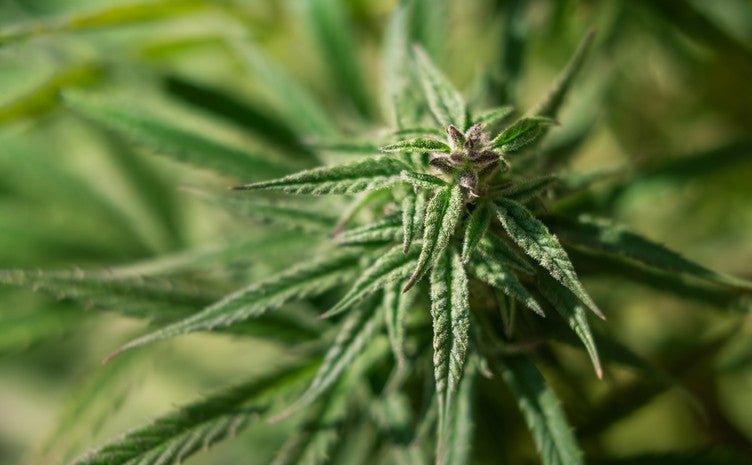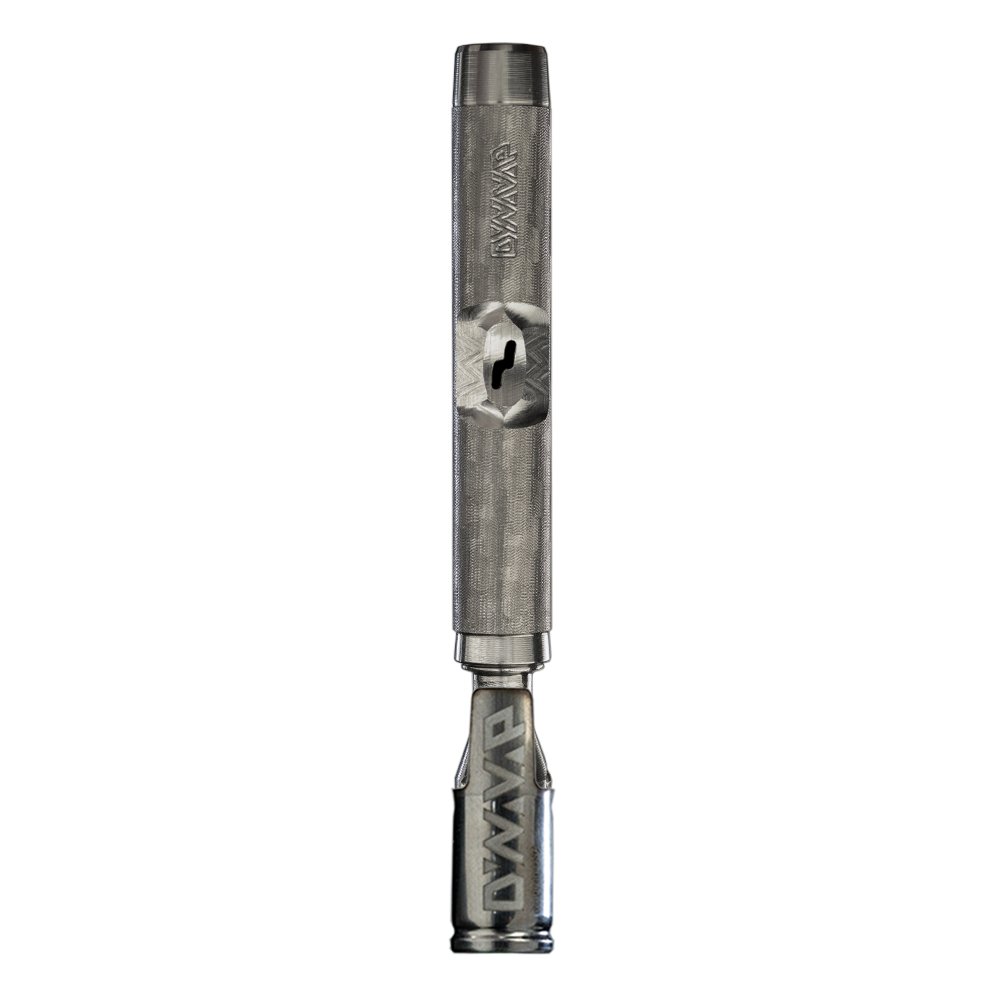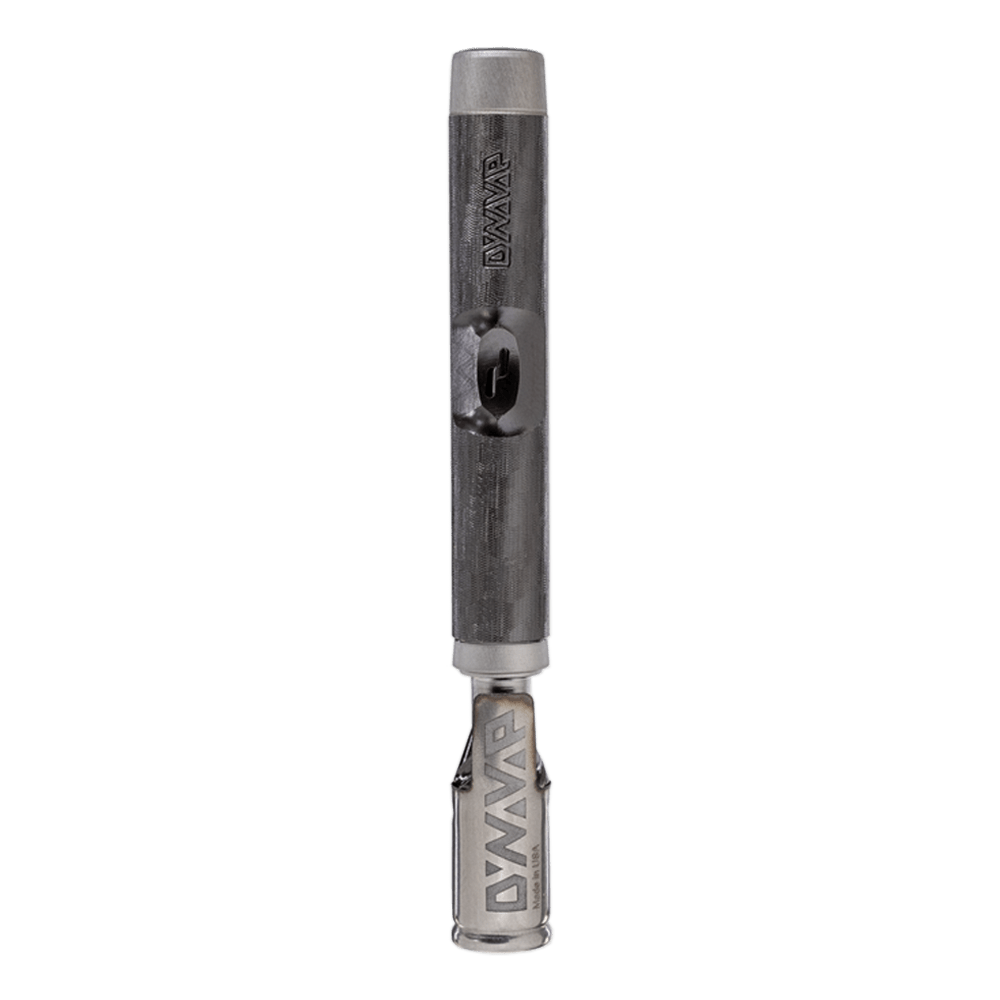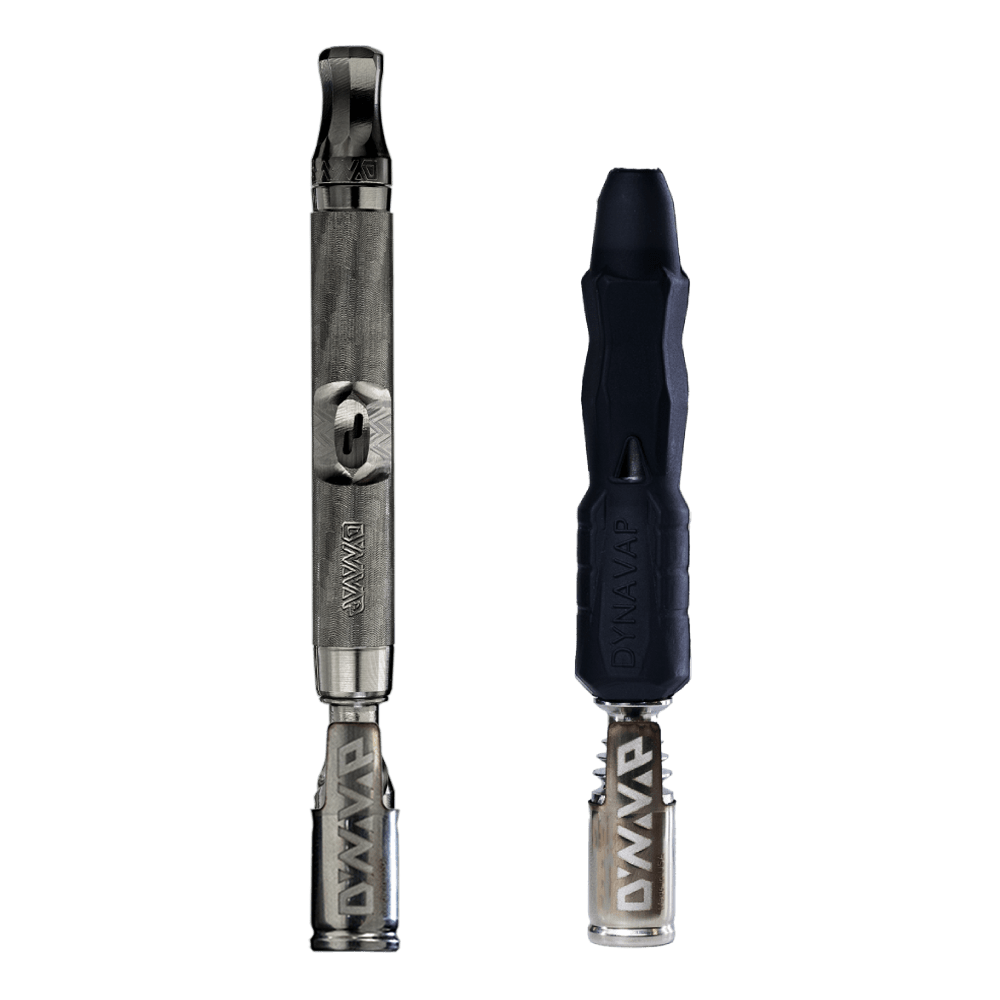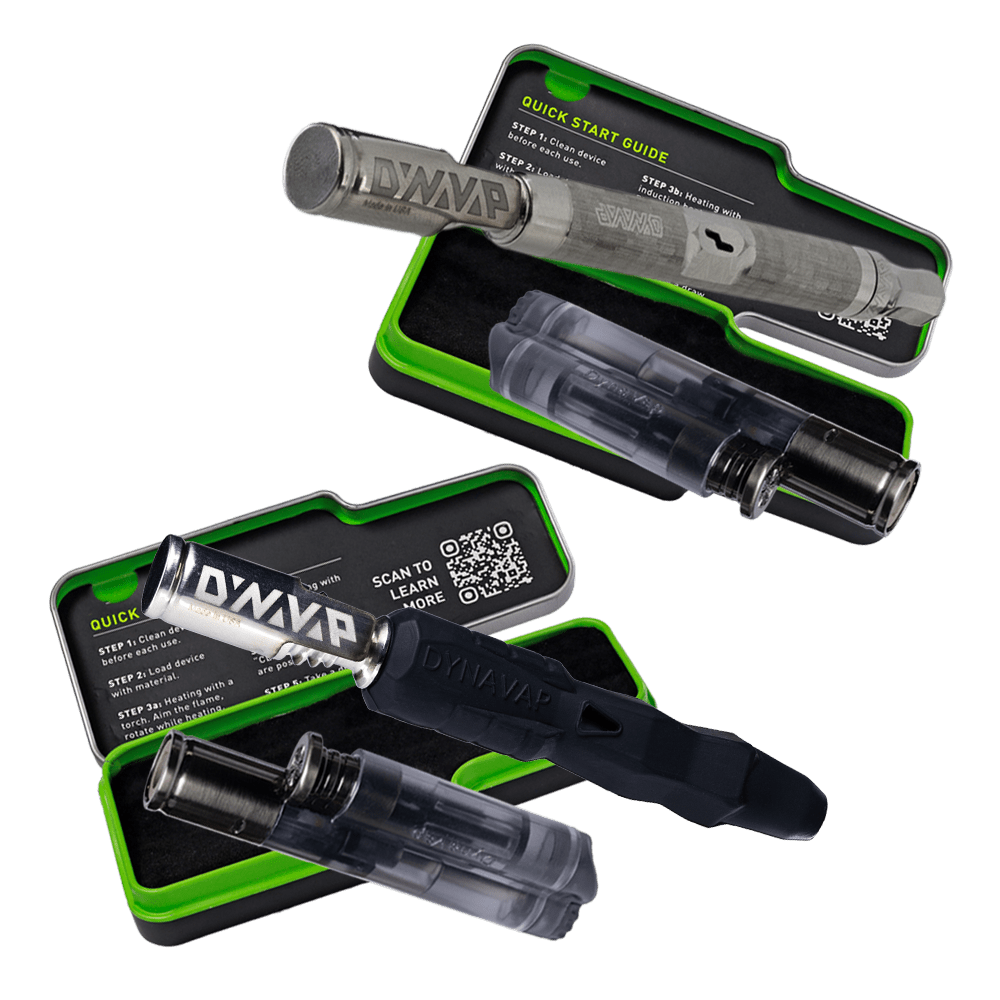One of the most common ways of defining cannabis is to categorize it as sativa, indica, or hybrid. Sativa refers to cannabis that energizes and gives a cerebral high; indica encompasses cannabis that provides relaxation and a body high, and a hybrid is a mixture of both.
So what’s in a name? Or in other words, is there really a difference between these three types of weed?
According to bona fide cannabis experts like Dr. Ethan Russo, defining cannabis as indica, sativa, or hybrid is outdated and doesn’t make sense. However, this simple way of differentiating cannabis cultivars continues in dispensaries and conversations around cannabis. Cannabis users also tend to use this language to categorize cannabis. Whether you agree or disagree that cannabis should be classified in this way, it’s helpful to know the differences between the three types so you can navigate your way around a dispensary or an online purchase.
What is a Cannabis Strain?
A strain is a named variety of cannabis that is defined by its appearance, aroma, potency, and different effects on the user. Examples of famous strains include Blue Dream, Durban Poison, Northern Lights or Girl Scout Cookies. Strains provide more detailed information than a simple indica, sativa or hybrid label.
Strains represent a way of making the cannabis experience more consistent for the consumer. If you have a less than ideal experience with a sativa-dominant THC-rich strain, for example, you can avoid similar strains and maybe opt for an indica hybrid instead. If you research strain profiles, you’ll often find comprehensive information on the parentage of the strain (Super Lemon Haze, for example, is bred from Super Silver Haze and Lemon Skunk), the effects of the strain, the terpene and cannabinoid content, and whether the strain is indica or sativa dominant.
Strains often have names that reference its flavor or aromatic profile (Blue Dream, for example, is named for the sweet, tangy blueberry notes present in the strain’s scent and taste). In other cases, the name may reference the location where the strain was found or cultivated (Durban Poison, unsurprisingly, hails from Durban in South Africa). Strains can also be named after their breeder or influential figures, such as the Jack Herer strain.
Indica vs Sativa: What’s the Difference?

Indica and sativa were originally terms that were used to differentiate cannabis based on its botanical phenotype (physical appearance). All cannabis plants fall under the “Cannabis” genus. However, Cannabis indica species encompass shorter, bushier, more psychoactive plants, while Cannabis sativa species refer to taller, lankier, more fibrous plants.
Nowadays, however, users lean on these terms to explain the effects of cannabis rather than describe the appearance of the plants. Indica cannabis is commonly understood to refer to strains that are physically calming, slowing and sedating–in other words, strains that people use to wind down after a long day, or support sleep. There’s even a saying associated with indica–”in da couch” which refers to the couch lock some people experience with a heavy dose of indica.
Sativa strains, on the other hand, are often used to deliver a cerebral buzz or euphoria that gets people moving, energized, and talking. People often favor sativa before a social gathering, a festival or event, or prior to undertaking a creative project. Hybrids contain different percentages of indica and sativa–-some can be a perfect 50/50 balance of indica and sativa, some are indica-dominant and others are sativa-dominant.
Let’s delve into some of the specifics of the different strains: indica, sativa, and hybrids.
Indica Strains

“Indica” refers to cannabis that was first found growing in India, or more specifically, in the wild terrain of the Hindu-Kush mountains that stretch across 8 Central and South Asian countries.
Appearance
Indica plants typically grow bushier and lower to the ground than sativa strains due to the harsh, colder climate in which they evolved. They have thicker, darker, more leathery leaves and a shorter flowering period which reflects their brief outdoor growing season. They also tend to produce more buds than sativa strains.
Effects
Indica-dominant strains are often stereotyped as having sedative properties that can help with insomnia, pain relief, or inflammation. These cannabis plants tend to have higher concentrations of the terpene myrcene, which is known for its relaxing qualities and its ability to contribute to “couch-lock”. Indica strains are also associated with a high that is experienced more in the body than the mind, which some users liken to slipping into a soothing bath. Indica strains often emit skunky, earthy, pungent scents.
Potency
The potency of indica strains is influenced by the concentration of THC and CBD present. The higher the THC, the more potent the psychoactive effects of the strain. However, higher levels of CBD can temper the less desirable intoxicating effects of THC, so CBD also plays a role in how the user experiences the effects. As a rule of thumb, THC concentrations of 15% or more are considered relatively high, so it’s advisable to dose cautiously if you’re new to weed or intolerant of THC.
Sativa Strain

Cannabis consumers may turn to sativa strains when they’re planning a spring cleaning session, focusing on a creative project, or planning a fun evening with friends. The stimulating effect of a sativa high is also perfect for lowering stress or anxiety.
Appearance
Cannabis sativa plants are taller and lighter green in color than their indica counterparts. These heat-loving plants also boast longer, more delicate-looking leaves and buds.
Cannabis sativa originated close to the equator in balmy, temperate, humid regions characterized by mild winters and long summers such as those found in Southeast Asia and Central America.
As a result, they tend to take longer to grow and flower (as the plant isn’t under so much stress from the environment to reproduce rapidly). Sativa also tends to yield less buds than its stockier, more robust relation.
Effects
When it comes to effects, sativa strains are known for their energizing euphoria or high. People use sativa for motivation, creativity, to enhance social interactions, or when they’re seeking mood elevation to counteract the effects of depression, PTSD, or anxiety. Basically, sativa is your go-to if you’re looking to add a little kick or spice into your day. Sativa strain scents are often sweet, spicy, citrusy, or fruity.
Potency
Like indica cannabis plants, the potency of sativa also rests on the concentrations of THC, CBD, and terpene content present in the plant. Some laboratories differentiate sativa and indica potency by the presence of myrcene. If a strain contains less than 0.5% myrcene, then it’s classified as a sativa. Lower concentrations of myrcene mean the strain is less likely to induce sleepiness and relaxation.
Hybrid Strain
Hybrid cannabis strains have been deliberately bred from different parents. Hybrids can be a mixture of two indicas, two sativas, or a blend of indica and sativa. In the latter case, this deliberate cross-breeding is carried out to fuse unique characteristics from the two strains.
Appearance
Hybrid strains can have a mixture of phenotypic (physical) characteristics depending on their parentage. However, one trait that breeders often focus on is increased yield. Hybrid strains are often bred for more prolific buds. One example is Big Bud, which was cultivated for its large, potent buds.
Effects
Hybrids that contain both indica and sativa elements are often bred for purposes such as helping with bodily relaxation during the day (indica influence) while also keeping the individual awake and alert (sativa influence). Many hybrid strains boast the ability to reduce pain during the day while ensuring the individual doesn’t fall asleep. Breeders sometimes experiment with hybrids to further refine and perfect the effects of cannabis on the user.
Potency
Hybrids are often also cultivated to elevate their THC concentration by cross-breeding already super potent strains. As a result, some hybrids contain 25-35% THC in their buds. This ongoing “manipulation” has resulted in THC levels climbing over the past few decades. Back in the sixties, seventies and eighties, weed generally had THC content that sat around 2%. Dose carefully if you’re consuming a super potent hybrid if you want to avoid greening out.
How to Choose Which Strain to Try
If you’re new to the wonderful world of weed and confused about which type of cannabis is best for you, it’s helpful to get clear about your end goal.
Are you consuming cannabis to get motivated and focused before you tackle a project? Want to bring high vibes and good energy to a catch-up with your friends? Planning on heading outdoors on a hike and keen to bliss out on nature and keep your energy levels up? Sativa or sativa-dominant strains are most likely your go-to.
On the other hand, if you’re looking to chill out, get deeply relaxed, ease pain and inflammation or fall asleep faster, an indica or indica dominant strain is probably perfect. If you’d like to experiment with a mixture of both effects, opt for a hybrid.
Treat indica/sativa/hybrid classifications as a loose guideline, not gospel. Cannabis researchers have recently begun grouping cannabis according to its chemotype or chemovar (chemical composition). Examples of chemovars include THC-dominant, CBD-dominant with low THC, CBD-dominant with no THC, mixed-dominant and even myrcene-dominant (referencing the main terpene present). Experts believe these classifications give a more accurate idea of the effects you can expect.
However, the most important thing to remember is that cannabis affects everyone differently. While one person might find a particularly potent sativa energizing and fun, another person might find it induces couch-lock and mild anxiety. Experiment with different kinds of cannabis to see how they affect your mind and body. This content is for educational purposes only, not medical advice. Cannabis use is for adults in legal states

